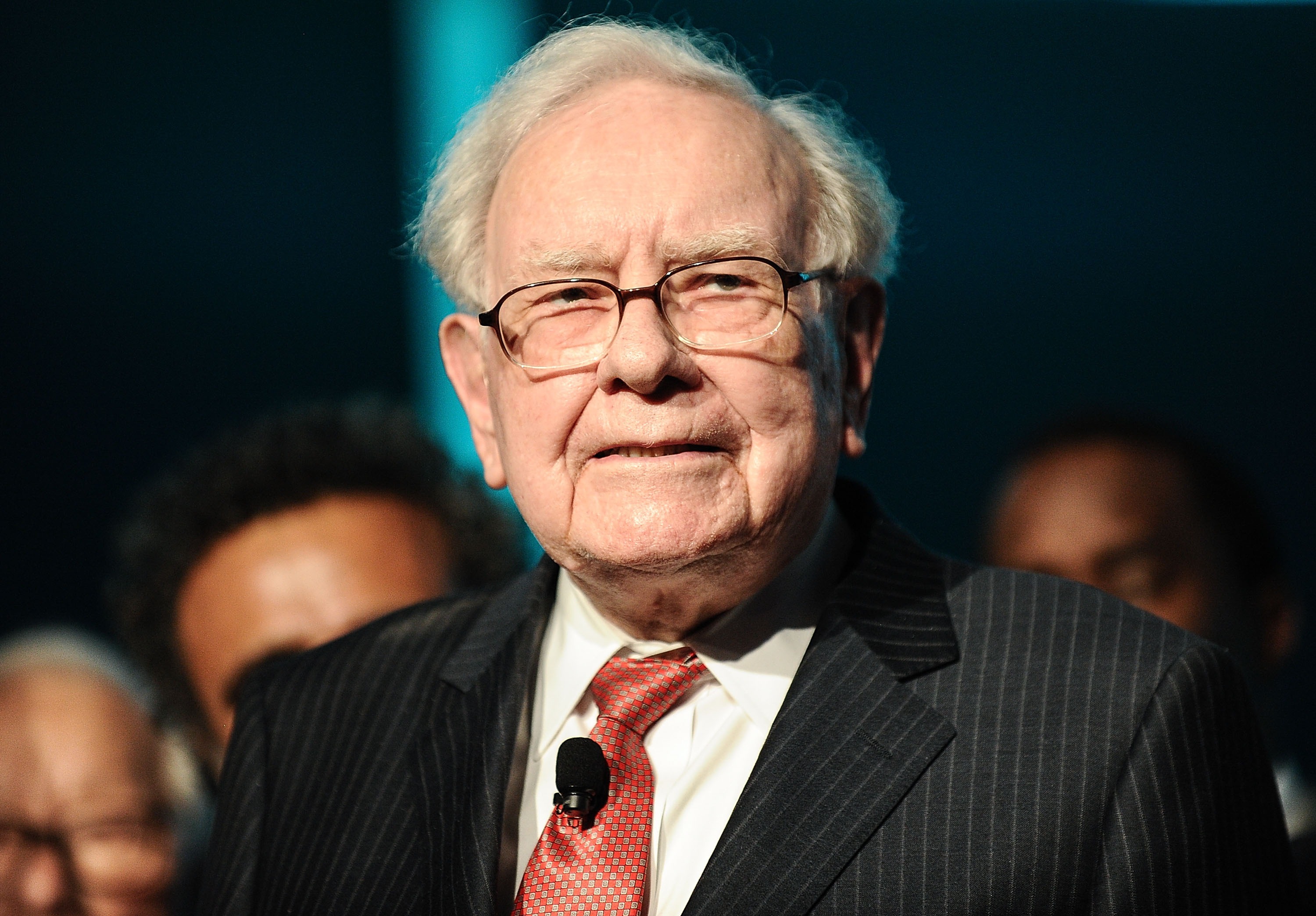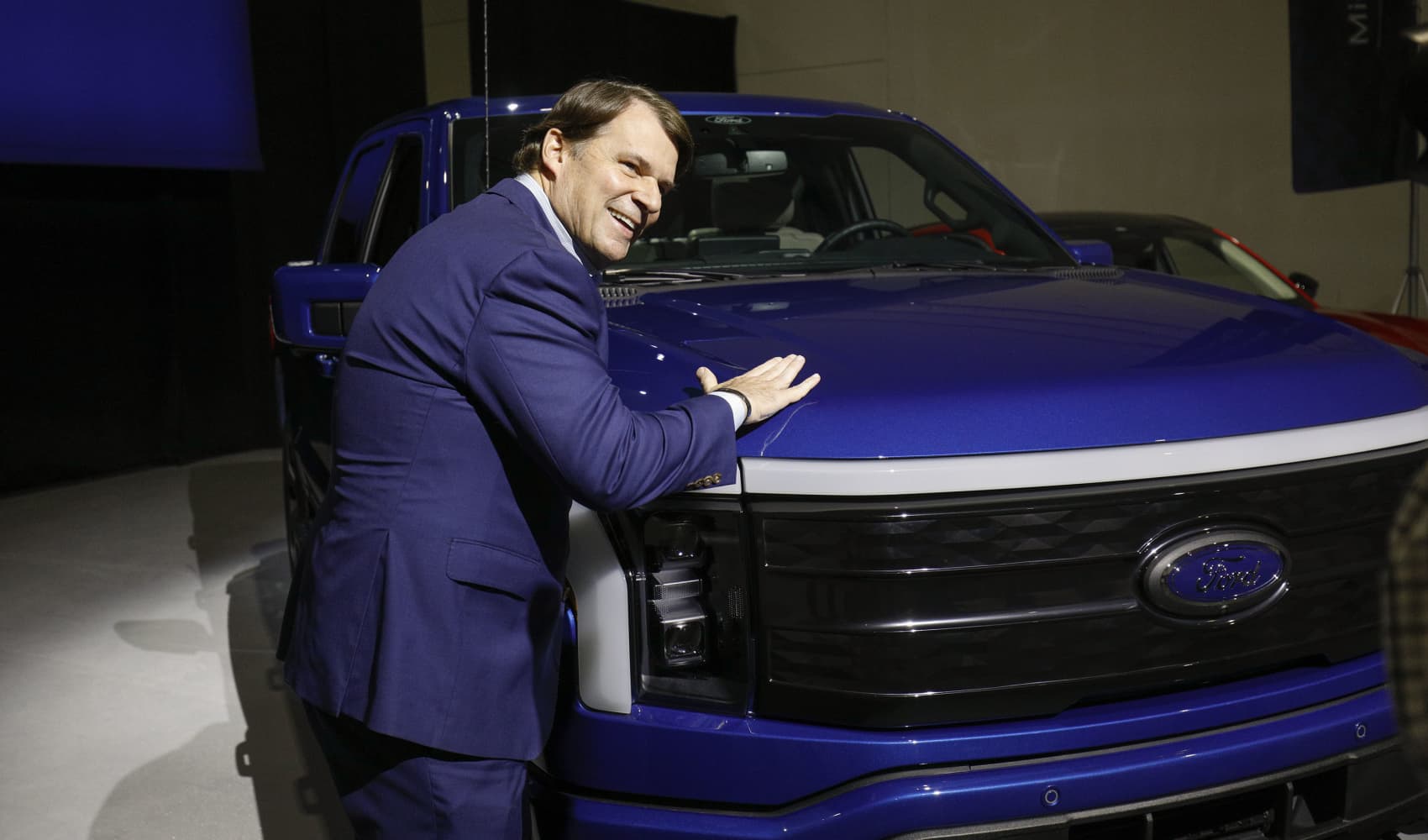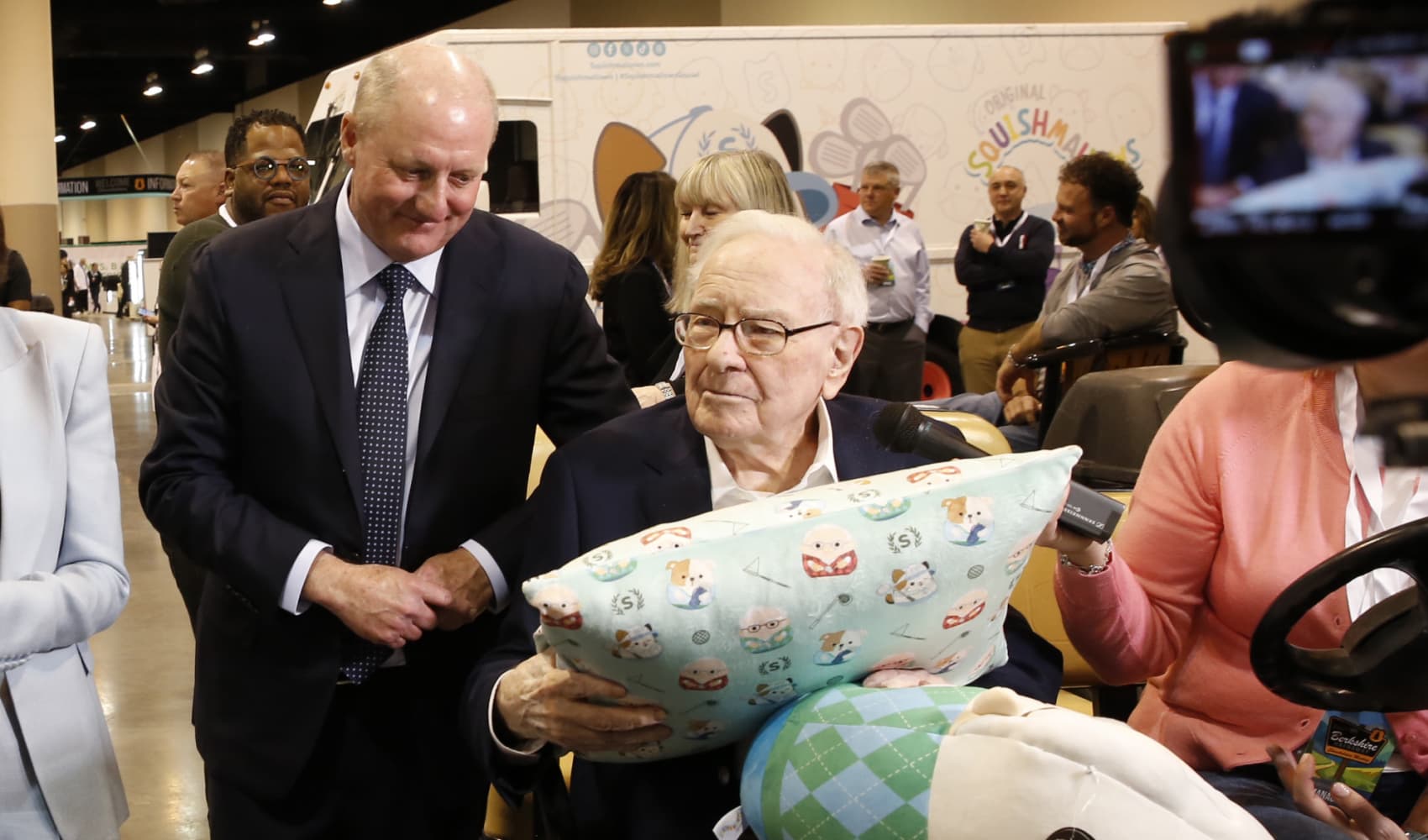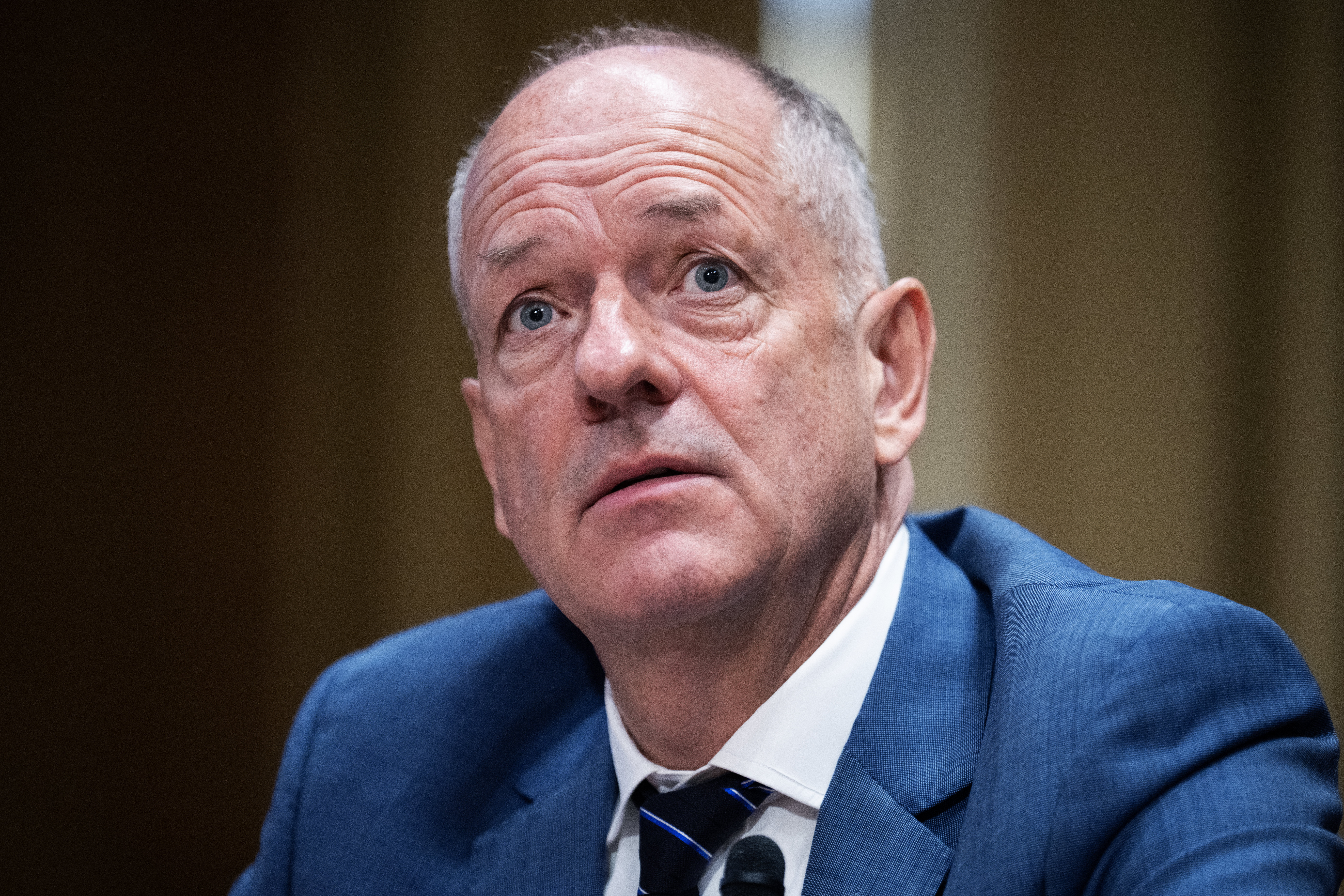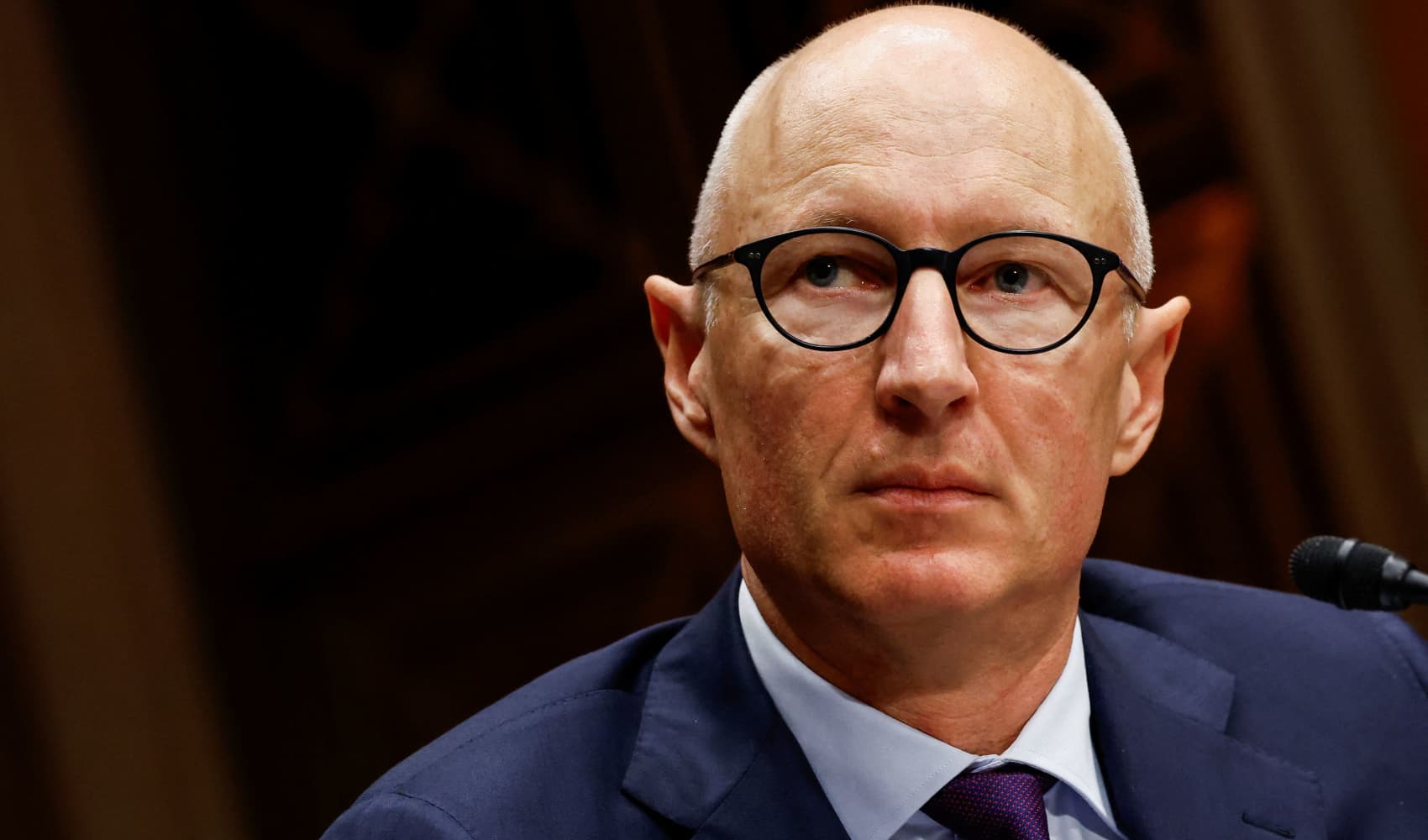Starbucks Turnaround: Cramer Bets Big on CEO Brian Niccol
Starbucks' Second Shot? Cramer Bets on Niccol After Earnings Tumble
The Coffee Colossus Stumbles: What's Going On?
Starbucks, the global coffee behemoth we all know and (mostly) love, recently reported earnings that left Wall Street with a bitter taste. Share prices dipped, and analysts scratched their heads. But amidst the negativity, CNBC’s Jim Cramer offered a surprising vote of confidence, placing his bet on CEO Brian Niccol to orchestrate a turnaround. But why, exactly? Let's dive into the steaming cup of financial analysis and try to decipher the grounds.
Cramer's Confidence: Betting on the Jockey
Cramer's perspective is simple: he believes in Brian Niccol's leadership. He sees Niccol as the "jockey" who can "turn the horse around and make it a winner." This isn't just blind faith; it's likely based on Niccol's track record and perceived abilities. Think of it like this: even a Formula 1 car can’t win with a bad driver. Cramer is saying Niccol is a top-tier driver, and he can steer Starbucks back to the winner's circle.
Brian Niccol: A Proven Leader?
Niccol's Past Performance
Who is Brian Niccol, and why is Cramer so confident? Before joining Starbucks, Niccol served as the CEO of Chipotle Mexican Grill. He took the helm during a tumultuous time for Chipotle, navigating the brand through food safety crises and rebuilding consumer trust. His successful turnaround at Chipotle is undoubtedly a major factor in Cramer’s optimism. He's seen him do it before, and he thinks he can do it again.
Transferable Skills
While Chipotle and Starbucks are different businesses, certain leadership skills are universally valuable. Niccol's ability to streamline operations, innovate menus, and connect with customers likely translates well to the coffee chain environment. It’s like learning to ride a bike; once you know the basics, you can adapt to different terrains and bikes.
The Earnings Miss: Why the Disappointment?
Digging into the Numbers
So, what exactly caused the earnings miss? While specific details weren't fully provided in the original snippet, factors like inflation impacting consumer spending, increased competition from other coffee chains, and potential supply chain issues could all contribute. The stock market is often unforgiving when companies fail to meet expectations. Think of it as a report card; a "B" isn't failing, but investors expect an "A."
External Pressures
Let’s not forget the global economic landscape. Rising interest rates, potential recession fears, and geopolitical uncertainty can all impact a company's performance, regardless of how well it's managed. These external factors are like headwinds that make it harder to sail, even if the ship is in good shape.
Starbucks' Challenges: What Needs Fixing?
Menu Innovation
Starbucks needs to keep its menu fresh and exciting to attract customers and stay ahead of the competition. Introducing new and innovative beverages and food items can drive traffic and boost sales. Think of the Pumpkin Spice Latte; it's a seasonal sensation that keeps people coming back year after year.
Digital Engagement
In today's digital age, a strong online presence is crucial. Starbucks needs to enhance its mobile app, loyalty program, and online ordering system to improve customer convenience and engagement. It's like having a virtual storefront that's open 24/7.
Operational Efficiency
Streamlining operations and reducing costs can improve profitability. This might involve optimizing store layouts, improving inventory management, or negotiating better deals with suppliers. It's like fine-tuning an engine to get the most mileage out of every gallon of gas.
Niccol's Turnaround Strategy: What Could It Look Like?
Focus on the Core Business
Niccol might focus on strengthening Starbucks' core coffee business by improving the quality of its beans, enhancing the barista training program, and creating a more inviting in-store experience. This is like going back to the basics and ensuring the foundation is solid.
Expanding Digital Reach
Expanding digital reach through more personalized offers, increased loyalty program rewards, and streamlined mobile ordering will allow Starbucks to better cater to today’s consumer. This is like modernizing your store with online options.
Cost Optimization
Implementing cost optimization measures and supply chain improvements will allow Starbucks to ensure resources are being used in the most efficient way possible. This is a matter of ensuring operations are working as efficiently as possible, like using a microwave rather than a grill to heat up food (where applicable).
The Risks Involved: What Could Go Wrong?
Execution Challenges
Even with a talented CEO, executing a successful turnaround is never guaranteed. There are always unforeseen challenges and obstacles that can derail even the best-laid plans. It's like trying to climb a mountain; even with the best equipment and training, unexpected weather can force you to turn back.
Changing Consumer Preferences
Consumer tastes and preferences are constantly evolving. Starbucks needs to stay ahead of the curve and adapt to changing trends to remain relevant. What's popular today might be outdated tomorrow. This is like always checking the current weather.
The Potential Rewards: What's at Stake?
Shareholder Value
A successful turnaround would significantly increase shareholder value, rewarding investors who stuck with the company through the challenging period. It's like investing in a stock that doubles in value; it's a win for everyone involved.
Brand Reputation
Rebuilding the brand's reputation and regaining customer trust is essential for long-term success. A strong brand reputation attracts customers, talent, and investors. Think of it as a valuable asset that needs to be carefully nurtured.
Long-Term Outlook: Is Starbucks Still a Good Investment?
Whether Starbucks is a good investment depends on your risk tolerance and investment horizon. While the recent earnings miss is a concern, the company still has a strong brand, a global presence, and a talented CEO. It’s like buying a house in a desirable location; even if the market dips temporarily, the long-term potential is still there.
The Role of Innovation: Beyond Coffee
Starbucks has always been more than just a coffee shop. It's a meeting place, a workspace, and a cultural hub. Continuing to innovate and evolve its offerings beyond coffee, such as expanding its food menu, offering unique experiences, and incorporating technology, will be key to its future success. It’s like adding new features to a smartphone; it makes it more versatile and appealing.
The Competition: Who Are the Rivals?
Starbucks faces increasing competition from other coffee chains, independent cafes, and even fast-food restaurants that are now offering coffee. Differentiating itself through quality, service, and innovation will be crucial. Think of it like running a race; you need to be faster and more strategic than your competitors to win.
Conclusion: A Calculated Bet on the Future
Jim Cramer's confidence in Brian Niccol reflects a belief in the power of strong leadership to overcome challenges. While Starbucks faces headwinds and needs to address its recent earnings miss, Niccol's track record suggests he's capable of steering the company back on track. Whether this "jockey" can truly turn the "horse" around remains to be seen, but Cramer is betting that he can, and it's a bet worth watching. Ultimately, Starbucks' future hinges on Niccol's ability to execute his turnaround strategy and adapt to the ever-changing landscape of the coffee industry. It's a high-stakes game, but the potential rewards are significant.
Frequently Asked Questions
Q1: Why did Starbucks miss its earnings expectations?
A: Several factors could be responsible, including inflationary pressures impacting consumer spending, increased competition, supply chain disruptions, and potentially underperforming initiatives.
Q2: What makes Jim Cramer believe in Brian Niccol's ability to turn Starbucks around?
A: Cramer likely bases his confidence on Niccol's successful track record as CEO of Chipotle, where he navigated the company through significant challenges and restored its reputation.
Q3: What are some key areas Starbucks needs to address to improve its performance?
A: Key areas include menu innovation, enhancing digital engagement with customers through its app and loyalty program, and streamlining operational efficiency to reduce costs.
Q4: What are the potential risks associated with investing in Starbucks despite Cramer's optimism?
A: Risks include execution challenges in implementing the turnaround strategy, changing consumer preferences, and increased competition from other coffee chains.
Q5: What are some potential strategies Brian Niccol might employ to turn Starbucks around?
A: He might focus on strengthening the core coffee business, expanding digital reach through personalized offers, and optimizing costs to improve profitability.

